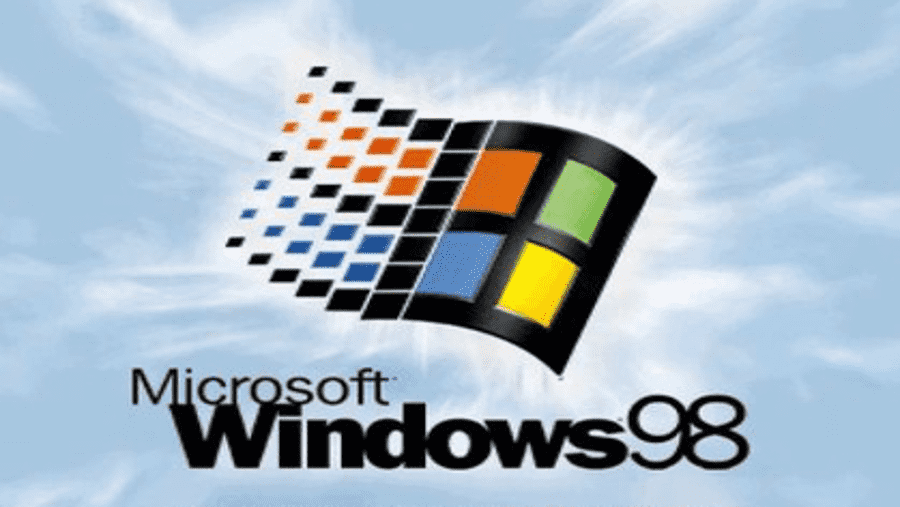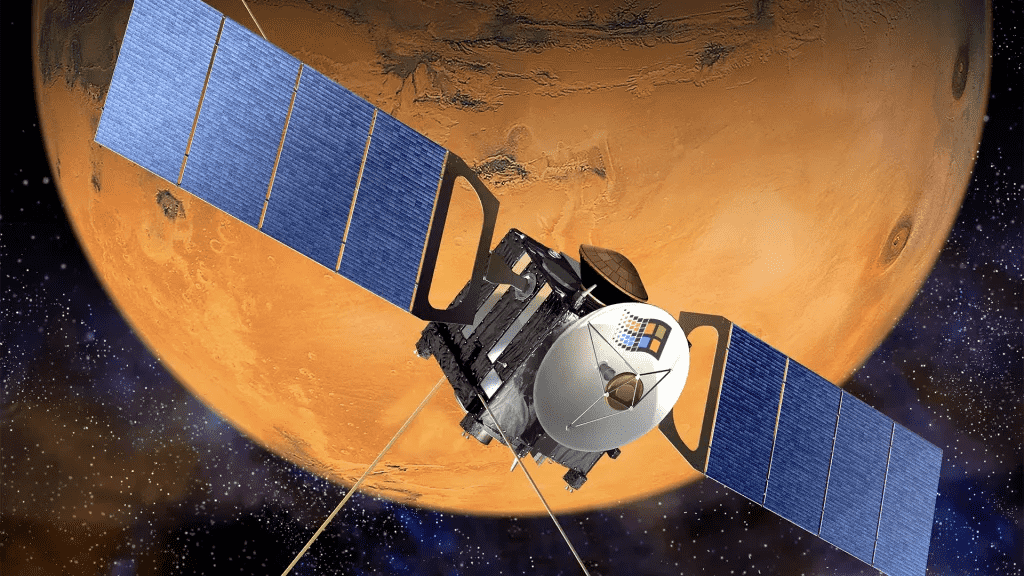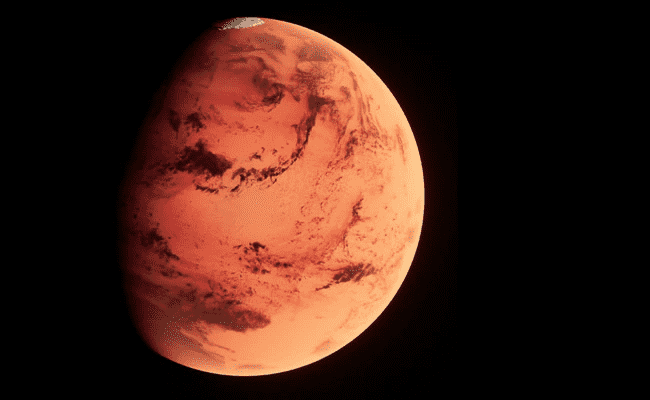This time, the latest story regarding old and outdated software functioning in mission-critical activities comes from Canadian astronaut Chris Hadfield’s Twitter feed. The European Space Agency’s Mars Express mission, which is currently in orbit around Mars and performing admirably, recently received a software update to improve its chances of locating water there.
The Mars Express and its MARSIS (Mars Advanced Radar for Subsurface and Ionosphere Sounding) water probe were launched in 2003, and their software was designed using one of the leading operating systems of the time — Windows 98.

Fortunately, the MARSIS instrument is receiving an update. Thanks to this major software upgrade, the mission will be able to see beneath the surfaces of Mars and its moon Phobos in better detail. The MARSIS instrument is well-known for contributing to the quest for liquid water on Mars. Mars Express was the ESA’s first mission to the Red Planet.
According to an ESA press release, Andrea Cicchetti, MARSIS Deputy Principal Investigator and Operation Manager at INAF, who led the upgrade development:
“After decades of fruitful science and having gained a good understanding of Mars, we wanted to push the instrument’s performance beyond some of the limitations required when the mission began.”

MARSIS explores for water on Mars and learns more about its atmosphere using low-frequency radio waves reflecting off the planet’s surface. The upgrade includes a variety of enhancements that improve signal reception and onboard data processing to increase the quantity and quality of research data returned to Earth. In addition, the instrument’s 130-foot antenna can search three miles underneath Mars’ surface.
MARSIS explores for water on Mars and learns more about its atmosphere using low-frequency radio waves reflecting off the planet’s surface. The upgrade includes a variety of enhancements that improve signal reception and onboard data processing to increase the quantity and quality of research data returned to Earth. In addition, the instrument’s 130-foot antenna can search three miles underneath Mars’ surface.

Carlo Nenna, a software engineer at Enginium who is aiding ESA with the upgrade, says they had several challenges in improving MARSIS’s speed, not least since the MARSIS software was initially created almost two decades ago utilising a development environment based on Microsoft Windows 98.
Previously, researchers had to rely on a sophisticated technique that saved a large amount of high-resolution data and quickly filled up the instrument’s onboard memory to examine Mars’ most important properties and analyse its moon Phobos.
Now, the software upgrade would allow them to run MARSIS for five times as long and explore a significantly larger area with each run by rejecting unnecessary data.


